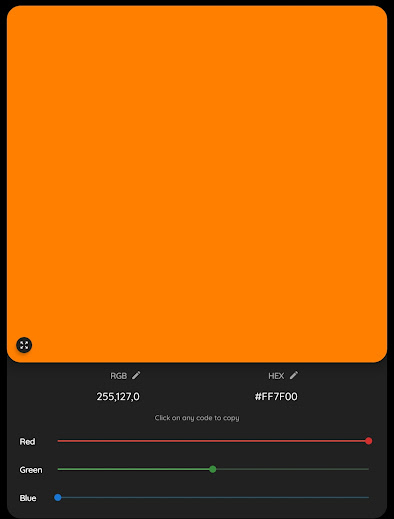Know-it-all 101🎓 ➡️ ~ Colour Theory
Ever had that moment when you realize something you’ve known for years—maybe even decades—is completely wrong? Well, that’s exactly what happened to me when I learned about Colour Theory. And chances are, it's about to happen to you too!
No matter who you are, you were definitely taught (whether you remember it or not) that the three primary colours of light are red, blue, and green, while their secondary colours are magenta, cyan, and yellow. You were also taught that the primary colours of matter are red, blue, and yellow, while their secondary colours are purple, green, and orange. But have you ever wondered why light and matter have such different primary colour palettes that seem to have little to no relationship with each other? Well, I can tell you why: it's because the colour theory of matter is completely wrong!
Here’s how mixing colours works: when you mix colours with light, you’re adding them, but when you mix colours with matter, you’re subtracting from them. That’s why the mixture of all primary colours of light results in white, while for matter, it results in black. With that in mind, you’ll understand why the primary colours of matter aren’t red, blue, and yellow, but magenta, cyan, and yellow—and that makes the secondary colours of matter red, blue, and green!
Think about it: magenta and cyan, in the light palette, are made up of red and blue, and blue and green, respectively. And remember, mixing colours with light is adding, while mixing with matter is subtracting. So when these two colours are mixed using paint, only the common colour between them—blue—isn’t cancelled out and remains. The same logic applies to mixing magenta and yellow to make red, or cyan and yellow to make green. If you’re not convinced yet, grab some paint and start mixing. I even have a video of someone demonstrating this with paint, but I’m not sure if I’m legally allowed to upload it here. Furthermore, no matter how hard you try, you can’t mix any colours to make cyan or magenta. Therefore, they are primary colours.
Another aspect of colour theory that I found quite interesting is the use of hex codes. Every colour that can possibly exist (and that we can see) is a mixture of the three primary colours of light. Each of these colours is emitted (or reflected) at varying intensities to create the range of colours we perceive. This is the same principle that pixels on your screen use to display so many different colours. To efficiently identify these seemingly infinite colours, computer scientists (or at least, that’s who I think did it) developed a system that assigns 256 possible intensities—or 100 in hexadecimal (base 16)—ranging from 0 to 255. The three colour ratios are written in base 16 and arranged in the order of red, green, and blue to create a code for that colour. For example, orange, with the colour ratio of 255:127:0, has the hex code #FF7F00.
Colour theory is far more complex than it initially seems, and once you understand the mechanics behind it, the world of colours becomes far more intriguing. The next time you mix paints or look at your screen, I hope you'll have a deeper appreciation for how light and matter interact to create the vibrant world around us. And who knows? Maybe the next time someone mentions primary colours, you’ll be the one to blow their mind!




.jpeg)
Comments
Post a Comment